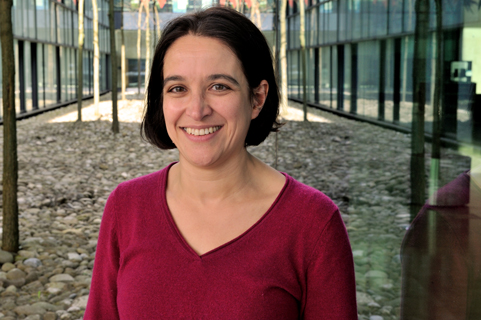Professor Azra Ghani of the Academy of Medical Sciences in England has her hands full studying the novel coronavirus. As a prominent epidemiologist in her field, she has shifted her focus to the current pandemic.
Ghani has worked extensively with diseases such as HIV/AIDS, malaria, and SARS. Now, she focuses on the ongoing COVID-19 pandemic. Her recent paper suggests the COVID-19 mortality rate may actually be lower than early estimates indicated.
Read the article here.
Azra Ghani Studies COVID-19 Mortality Rate
Ghani’s latest findings, published by the Imperial College, regard the estimated death rate of the COVID-19 virus. Previous estimates of the death rate ranged from 2% to 8%. But these estimates did not take certain factors into account. For example, early data only included people with severe symptoms, and travelers or those in contact with known cases.
New data suggests that in fact, more people have likely had the virus than previously thought. However, many of them – especially younger demographics – never suffered severe enough symptoms to get tested. As a result, limited testing meant limited data.
In fact, researchers found that the hospitalization risk is 8.2% for the total population. However, this number increases to 18.4% for the over-80 population. People under 20 have a more hearteningly low rate of only 1%.
For the mortality rate, Ghani’s research estimates only 0.66% – higher than the death rate of the 2009 H1N1 virus, for example, but significantly lower than earlier estimates. Prof. Ghani says that, “our estimates can be applied to any country to inform decisions around the best containment policies for COVID-19.”
Azra Ghani Promotes Public Health
Of course, this data does not mean that governments and individuals should relax their preventative measures. These numbers, while lower than initial estimates, still indicate a serious pandemic that threatens many lives – especially, but not limited to, those with immune disorders and the elderly. In addition, Ghani’s research focuses on hospitalization and mortality rates. However, COVID-19 offers unique challenges and threats due to its high rate of spread and infection.
Ghani has a varied educational background. She has studied mathematics and operations research before diving into the medical field, particularly into epidemiology. As an expert in infectious diseases, Professor Ghani seconds the measures recommended by the WHO and CDC to slow the spread of the current COVID-19 pandemic: self-isolation, social distancing, etc.
Wash Hands, Make Space
The coronavirus persists on surfaces, but the WHO reports that washing the surface “with a simple disinfectant to kill the virus and protect yourself and others” may offer effective prevention.
In addition, be on the lookout for flu-like and gastrointestinal symptoms. COVID-19 spreads quickly, and hits certain demographics particularly hard. Due to how quickly it spreads, it infects more people than the system allows for and can overwhelm hospitals.
Because COVID-19 can travel by air at least three feet, writes the WHO, social distancing is an incredibly important step towards flattening the curve. Handwashing is also crucial because the virus “is mainly transmitted through droplets generated when an infected person coughs, sneezes, or speaks,” according to the WHO. As such, take care to wash surfaces and hands well and frequently.



